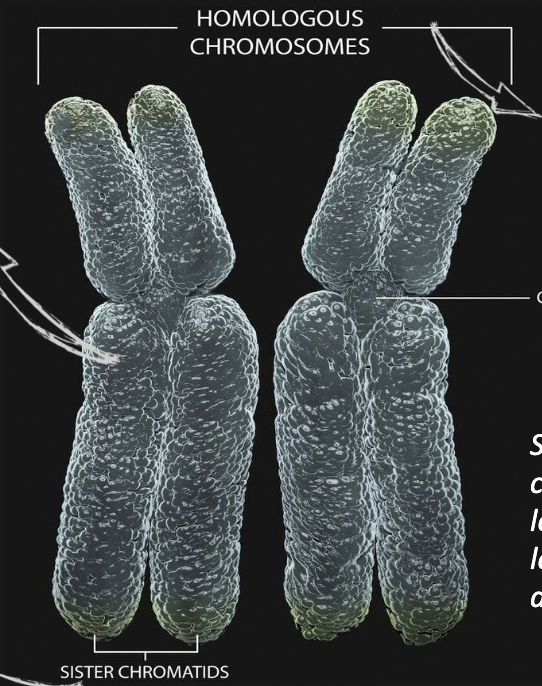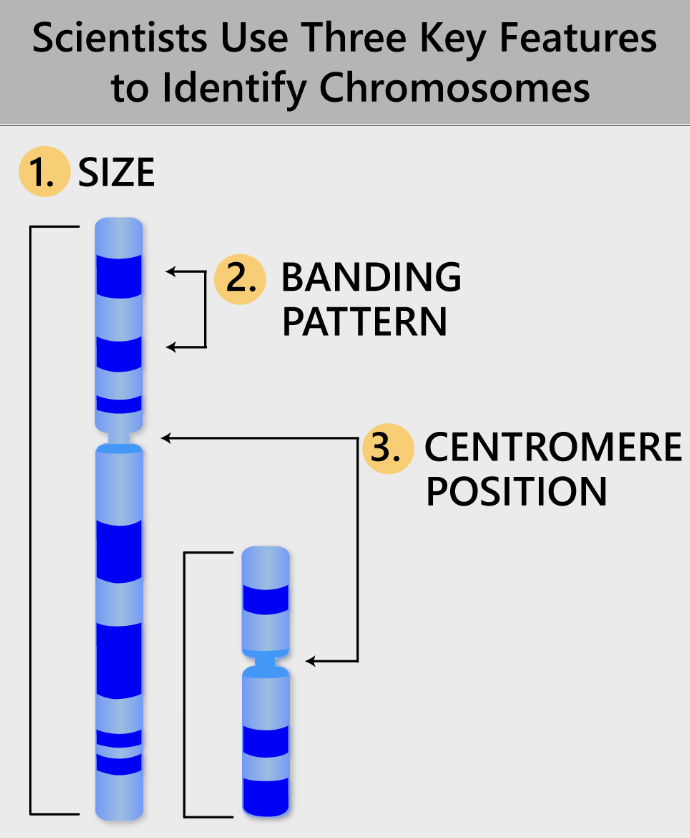diversity of organisms A3.1
1/34
Earn XP
Description and Tags
Name | Mastery | Learn | Test | Matching | Spaced |
|---|
No study sessions yet.
35 Terms
Variation between organisms
no 2 organisms are completely identical in all their traits.
The patterns of variation are complex and are the basis for naming and classifying organisms.
morphological concept
describes species based on their observable features
advantages of the morphological concept
can be applied to both sexual + asexual organisms
does not require any information on the extent of gene flow
can be applied to extinct + fossilised species
disadvantages of the morphological concept
subjective
different individuals of the same species can look very different.
individuals of different species can look similar
Binomial system for naming organisms
groups organisms to represent similarities and proposed relationships. (based on physical traits)
consists of 2 names :
Genus (begins uppercase)
Species (begins lowercase)
e.g Homosapiens
smallest group in binomial system
subspecies (3rd name)
can potentially interbreed if a barrier/challenge were to be removed
species according to biological species concept
a group of organisms that can breed and produce fertile offspring. (in reproductive isolation)
advantages of biological concept
not subjective
practical
Clear reproductive criterion – focuses on whether populations can interbreed, which directly links to reproductive isolation and speciation.
disadvantages of biological concept
doesn’t apply to organisms that reproduce asexually
doesn’t apply to extinct organisms
over emphasises gene flow and downplays natural selection - natural selection can cause many pairs of species which are morphologically and ecologically distinct to remain distinct and yet have gene flow between them
how is reproductive isolation ensured?
Geographical isolation - populations are physically separated by barriers
Behavioural isolation - differences in courtship behaviours prevent mating
Temporal isolation - populations reproduce at different times during the day/season/year
what can lead to a barrier of reproductive isolation being removed?
climate change - Shifts in temperature, rainfall, or seasonality can cause species to breed at the same time/place again.
human activity - Deforestation, urbanisation, agriculture, and habitat modification
geographical barriers removed - (Mountains erode, rivers dry up, land bridges form, zoos)
open vs closed populations
open - population can migrate in or out. Allows more gene flow between populations. → less distinct features develop.
closed - population with no migration. → little genetic mixing → different selection pressures to act.
speciation definition
The gradual splitting of one species into 2 or more.
Becomes an arbitrary decision whether 2 populations are regarded as the same or different species.
Homologous chromosomes definition
a pair of chromosomes that carry the same information. (can be some variety in info)

what are chromosomes made from
DNA wrapped around a protein
1 chromosomes = 2 identical strands of DNA
number of chromosomes in humans + chimpanzees
humans - 46
chimpanzees - 48
diploid vs haploid cells
diploid - even
haploid - half
e.g 46 and 23
what is chromosome number not an indicator of
how complex an organism is
what affects whether 2 animals can interbreed
number of chromosomes
position of genes on the chromosomes
how did chromosome 2 arise in humans
arose from the fusion of chromosomes 12 and 13 in a shared ancestor
maybe chimpanzee ?
what is Karyogram
an image where chromosomes are organised in their homologous pairs.
according to size from the biggest to the smallest.
Sex chromosomes are shown last.
karyotype definition
the total number and types of all chromosomes in the nucleus of a cell during the early stage of nuclear division (mitosis)
Each chromosome is present as two
chromatids, held together by its centromere.
features used to identify chromosomes
1. size
2. banding pattern
3. centromere position

genome definition
all the genetic information of an organism
human genome is made from 23 pairs of chromosomes
where is the genome found in a cell
mostly in cells nucleus but also a small amount is in mitochondria
how is genome size measured
base pairs (bp)
determined by total amount of DNA
isn’t necessarily caused by number of chromosomes as chromosomes can have different lengths
diversity of eukaryotic genomes
genome size within a species is usually the same
Variation between members of the same species are caused by changes in the base sequence of the DNA.
genome size between different species varies in number of chromosomes + total amount of genetic material(genome).
what is diversity in genome of the same species caused by?
SNP’s Single nucleotide polymorphisms
variation in individual genes - alleles
gene usually differs only by a few bases.
alleles
alternative forms of a gene
Alleles are caused by different changes occurring to the DNA, such as deletions, additions, insertions.
Single nucleotide polymorphisms (SNPs).
alleles in which only one nucleotide within the sequence differs → causes variation in genome of the same species
variation between species vs within a species
variation between species is much larger than variation within a species
relationship between genome size and organism complexity
genome size is not an indicator of organism complexity
why use genome sequencing
increasing speed and decreasing costs
current uses of genome sequencing
research into evolutionary relationships - when looking at whole genomes
future uses of genome sequencing
personalised medicine → a medical approach that tailors disease prevention, diagnosis and treatment to individual patients based on their unique genetic makeup, lifestyle + environment
e.g cancer treatment → developing therapies based on the unique genetic makeup of a patients tumor to target it more effectivly